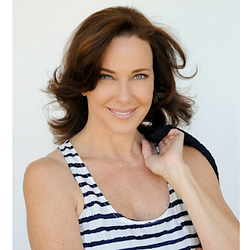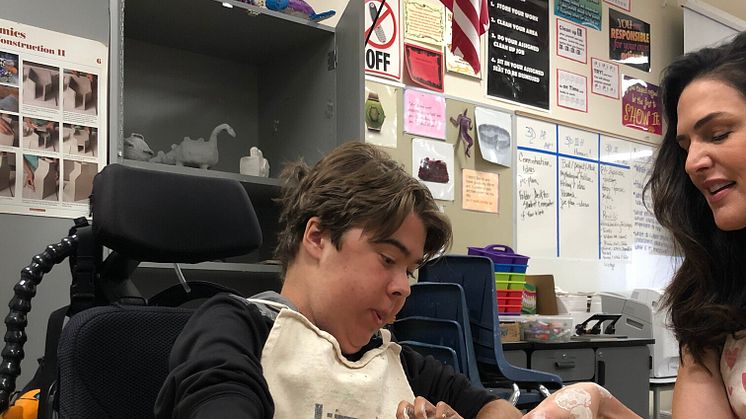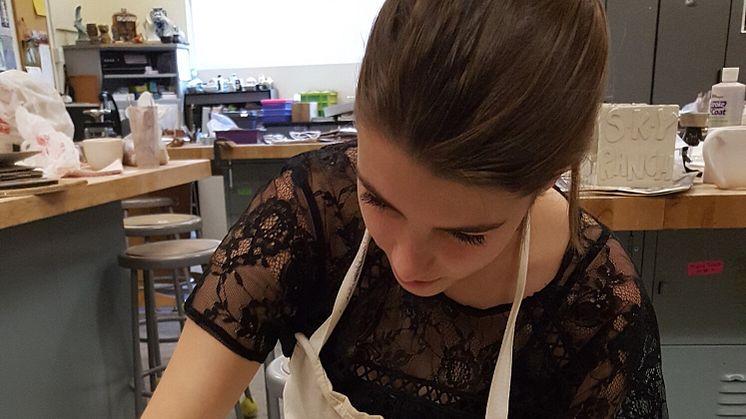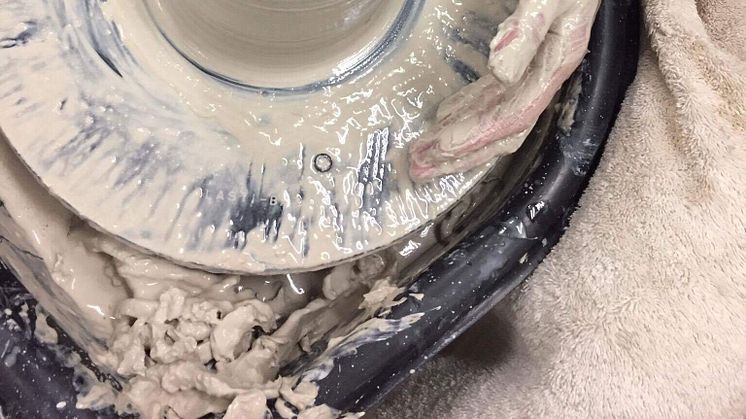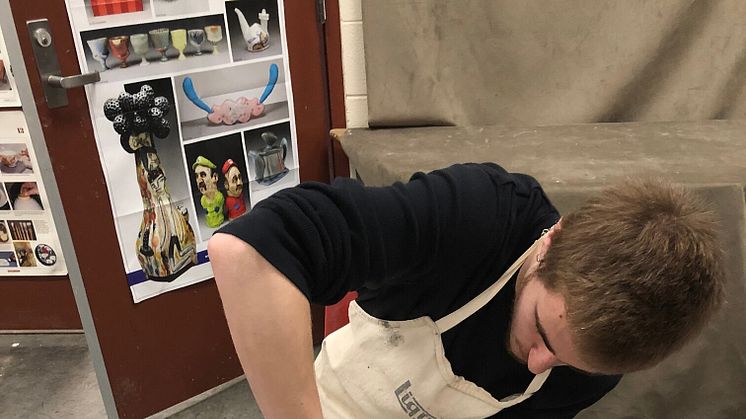
Blog post -
Art Therapy for Community Care
Article by Darlene Quinn
Our gifts and talents speak to ways we can give back to the community. We all have something within ourselves. Talent, gifts, and grace which we can use as a vehicle to show one another love and compassion. Our strengths are guideposts in giving back to the community. Using your strengths to make the world a better place. My gift in the arts is a means which I use to give back and heal community.
As a well versed and experienced Ceramic Artist, several years ago I found an opportunity to pass that
love of art back to the community. Our local public High School had short- coming in their 3D Art Department. Their well-equipped art department needed an instructor. Although the department had 10 pottery wheels, two kilns, and hand tools, the specialty of someone experienced in wheel pottery lacked. I had volunteered in the art department of a few schools in my past. So, I was happy for another opportunity to give back to the kids at the school here again. Growing up, I had always held a love and passion for fine arts. Rather than
being on an after-school athletics team, I took art classes. I also found solace and haven in the art room.
Having moved nine times growing up, I was constantly having to make new friends, adjust to a new school, and deal with constant change. Additionally, with an undiagnosed learning disability, I was regularly over-disciplined for my grades. My therapy was art. Art was my friend during rough spots in my life. The therapy of hands-on fine art gave me calm, serenity and peace. My commitment to volunteer in the high school 3D art department developed into 15-20 hours a week of my own gifted time. Every weekday morning from 7:00 am to 10:00 am, two class periods. Passing along my love of art as well as a skill set for pottery and ceramics. As each day of my volunteer time passed, I realized more and more that this was bigger than I originally thought.
Greater because my impact was multi-fold. I was also giving these students what I needed at their age. My
life had come full circle. My purpose had been defined by first my talent and then recognizing how to be to
those that I needed back then.
High School years are formative years. One enters High School as a teenager and leaves an adult. In those four short years comes much change in oneself, growth into who we are as young adults, also sees the impact of peers and a world we are discovering. In those formative years also comes pressures. Pressures from parents, friends, and worldly burdens.
The heaviness of academics, athletics, first jobs, peers, insecurities, illnesses, disabilities, traumatic experiences, and fitting in. Through this time, we could all use a little art therapy. In addition to exploring their budding love for art, these kids needed a mentor, someone to talk to, a positive influence, and wisdom of experience. They needed a safe person to sit side by side and hear their thoughts and pressures. A rewarding human experience balanced with creativity. All while using their hands to therapeutically create, express themselves, fostering self-awareness and impacting personal growth. Art assisted these students to show their personality, bring attention to their strengths, and give these kids a sense of normalcy without judgment. Individual art projects allowed them to release and express feelings that they may not otherwise get a chance to do in a healthy way. Individuality in project outcomes, also showed their peers the opportunity to appreciate differences between people and accept one another. Each person's art is unique, as unique as the individual.
Art therapy, in my ceramics instruction capacity, included a variety of students with a plethora of backgrounds. Well accomplished students, great athletes, incredibly talented artists, as well as physically disabled, academically challenged individuals, handicapped, and special needs students as well.
My teaching of ceramics to students with behavioral, emotional, physical, and psychological special needs made an incredible impact in the positive. These students expressing their feelings in art brought forth healing, skill development, cognitive growth, and balance in brain hemispheres. The impact of accomplishing an expressive art project from start to finish sets forth confidence, good mood, self-esteem heightened, improved motor skills, as well as coordinate their thoughts with their physical motions.
The arts are a powerful asset of experience to children of all ages. In a time of cutbacks in school districts to
public schools, often what is cut in the budget first is art. Over the last decade, the proportion of students
receiving arts education has fallen dramatically. The trend is partly due to a focus on standardized testing
and narrowed curriculum to tested areas. Adding to that, with economic downfalls, budgets are cut. Although
fine arts programs are successful in education, with a lack of public school funding, and arts programs not seen as leading to university acceptance, reduction happens. With a balance of budget, for example, arts will be reduced before athletics costs not being met. The tragedy here is that for students that are not athletically inclined, art is their sport.
The population that sees great talent in the arts is then not able to grow, learn, express, and advance those skills. Their God-given gifts are squashed.
It is my mission to keep the arts in the classroom. It is my mission to keep the arts in the classroom. Providing Art Therapy to students, kids, and young adults.
Donating time, donating supplies, soliciting assistance through community and parents alike. It is proven that the arts create a well-rounded student. Involvement in the arts an associated with increases in math, reading, cognitive ability, verbal skills, and critical thinking. The arts also improve social and emotional development, academic achievement, engagement, and opportunities. When a child creates art they connect with
themselves, their peers around them, and allows new ways of seeing community.
Arts education allows kids from financially challenged backgrounds to participate in something they would
not typically get to. Enriched experiences and exposure to new potential passions and talents they may not otherwise be aware of. The value of arts in the classroom and art therapy in the community, is universally recognized a beneficial for a multitude of reasons and theories.
If your love of art calls you to involve yourself in the community, there are several means to do so. Art Therapy
community service outreach organizations are around us, in most every community. Some of the tremendous kids Art Therapy organizations, within the fine arts world, to name a few are:
urbanartworks.org
riseupinternational.com
heidelberg.org,
creativetime.org
artsforhumanity.com
theartofelysium.org
artinaction.org
psarts.org
